There is a wide gap in European top statutory personal income tax rates. The vast majority of European nations use a progressive tax system. This means that as people earn more money, they move into higher tax brackets and pay higher tax rates on the income above each threshold. According to the Tax Foundation, Denmark has the highest top statutory personal income tax rate at 55.9% in Europe, which is closely followed by France at 55.4% and Austria at 55%. On the other side, Bulgaria and Romania have the lowest top statutory personal income tax rates in Europe at just 10%.
In addition, Eastern European nations typically have lower rates (e.g., Hungary 15%, Czechia 23%), whereas Western/Nordic nations have higher rates. European nations with higher income tax rates typically have more developed welfare systems. These include free healthcare, education, unemployment compensation, and pensions.
Key Takeaways
- Denmark has the highest top personal income tax rate at 55.9%, followed by France (55.4%) and Austria (55.0%).
- Bulgaria and Romania have the lowest rates among EU countries at 10%.
- The U.S. average (42.1%) is higher than many European countries, including Switzerland (39.5%) and Norway (39.6%).
Top Personal Income Tax Rates in Europe, 2025
The following table shows the statutory personal income tax rates in European nations.
| Rank | Country | Top Statutory Personal Income Tax Rate |
|---|---|---|
| 1 | 🇩🇰 Denmark | 55.90% |
| 2 | 🇫🇷 France | 55.40% |
| 3 | 🇦🇹 Austria | 55.00% |
| 4 | 🇪🇸 Spain | 54.00% |
| 5 | 🇧🇪 Belgium | 53.50% |
| 6 | 🇵🇹 Portugal | 53.00% |
| 7 | 🇸🇪 Sweden | 52.30% |
| 8 | 🇫🇮 Finland | 51.80% |
| 9 | 🇸🇮 Slovenia | 50.00% |
| 10 | 🇳🇱 Netherlands | 49.50% |
| 11 | 🇮🇪 Ireland | 48.00% |
| 12 | 🇩🇪 Germany | 47.50% |
| 13 | 🇮🇹 Italy | 47.20% |
| 14 | 🇮🇸 Iceland | 46.30% |
| 15 | 🇱🇺 Luxembourg | 45.80% |
| 16 | 🇬🇧 United Kingdom | 45.00% |
| 17 | 🇬🇷 Greece | 44.00% |
| 18 | 🇺🇸 U.S. Avg. | 42.10% |
| 19 | 🇹🇷 Turkey | 40.80% |
| 20 | 🇨🇭 Switzerland | 39.70% |
| 21 | 🇳🇴 Norway | 39.60% |
| 22 | 🇵🇱 Poland | 36.00% |
| 22 | 🇱🇻 Latvia | 36.00% |
| 24 | 🇭🇷 Croatia | 35.40% |
| 25 | 🇲🇹 Malta | 35.00% |
| 25 | 🇨🇾 Cyprus | 35.00% |
| 27 | 🇱🇹 Lithuania | 32.00% |
| 28 | 🇸🇰 Slovakia | 25.00% |
| 29 | 🇨🇿 Czech Republic | 23.00% |
| 30 | 🇪🇪 Estonia | 22.00% |
| 31 | 🇬🇪 Georgia | 20.00% |
| 32 | 🇺🇦 Ukraine | 19.50% |
| 33 | 🇭🇺 Hungary | 15.00% |
| 34 | 🇲🇩 Moldova | 12.00% |
| 35 | 🇷🇴 Romania | 10.00% |
| 35 | 🇧🇬 Bulgaria | 10.00% |
The data is sourced from the Tax Foundation.
Countries with High Tax Rates
Denmark tops the list with its 55.9% top personal income tax rates in Europe. This is used to finance free healthcare, free education, and unemployment benefits. Though it can be a burden, the vast majority of Danes perceive these taxes as paying for social security and equity.
France and Austria also depend on high rates to finance their extensive social welfare programs. France, for instance, funds universal healthcare and public pensions using the tax revenue. According to Tax Foundation, Austria aims to decrease its highest tax rate to 50% by 2026 by phasing out its top tax bracket, which would make it somewhat more competitive in the future.
Spain and Belgium are also closely following a similar strategy of social protection and equality. The Netherlands and Sweden also rank high among the statutory personal income tax rates on the list with a more focus on public services.
Countries with Low Tax Rates
On the other side, Romania and Bulgaria have both implemented 10% flat tax rates, the lowest rate in Europe. The low rate is intended to bring in investment and make tax administration easier. However, low tax rates create less robust public services as there is less money available for these services.
Moldova (12%) and Hungary (15%) are closely behind. Hungary’s low rate stimulates foreign investment and underlies its growing economy, although it does cause concerns about income inequality and the capacity to finance social services in the long term.
Comparing European Tax Rates to the United States
The U.S. averages a top tax rate of 42.1% when federal and state taxes are combined. That puts it higher than a few countries in Europe, such as Switzerland (39.5%) and Norway (39.6%), but lower than high-tax nations like France and Denmark. Tax rates vary quite a bit in the U.S. depending on the state.
One of the major differences is that Americans pay out of pocket for private education and healthcare, while Europeans tend to get these services paid for through taxes. This complicates comparisons as the overall cost of living differs widely between the USA and Europe.
The Highest and Lowest Average Salaries in Europe By Countries
Tax Rates in OECD vs. Non-OECD European Countries
Most high-tax countries in Europe belong to the OECD (Organisation for Economic Co-operation and Development), which is the group of advanced economies. Denmark (55.9%), France (55.4%), and Austria (55%) are among the top European countries that are the member of OECD group.
Conversely, non-OECD countries in Europe tend to have relatively low tax rates. Bulgaria and Romania tax at a mere 10%, Moldova at 12%, Ukraine at 19.5%, and Georgia at 20%. All these nations use a flat tax system to simplify the collection of taxes and draw the attention of foreign investors.
Regional Tax Rate Differences
Northern and Western Europe, comprising nations such as Denmark, Sweden, and France, tend to levy the highest tax rates. These nations have traditions of strong public services and welfare systems.
On the other hand, Eastern Europe has significantly lower rates. Most of these nations like Bulgaria, Romania, and Hungary implement flat tax systems. Southern nations like Spain and Italy lie somewhere in between but tend more towards progressive tax systems to fund their social programs.
How Progressive Are Income Tax Rates Across Europe?
As per the Data Wrapper, European income tax structures are generally progressive, but the difference is quite high across nations. In Belgium, there are approximately 30 percentage points of difference between the highest and lowest rates, making it the most progressive system within Europe.
Nations such as Switzerland have a less progressive system with low rates across the board. Wealthy individuals in Switzerland pay roughly 22.8%, merely 10 points above the lowest payers, which favors the richest segment of society. Additionally, Eastern European nations tend to have very little progressivity in their tax systems.
Conclusion
Top statutory personal income tax rates in Europe vary widely from country to country and region to region. Northern and Western Europe prefer high tax rates to finance strong welfare states and prevent inequality. On the other hand, Eastern European countries focus on low rates to attract investment. The U.S. falls somewhere in the middle of European nations with moderate tax rates and a mix of private and government services.



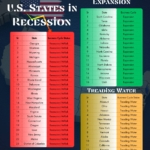


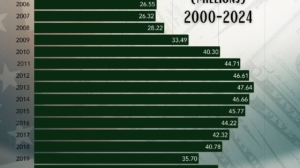

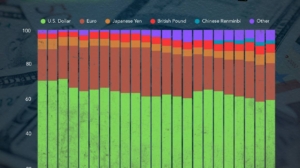


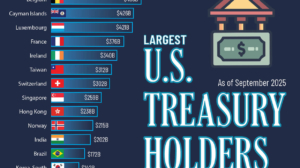
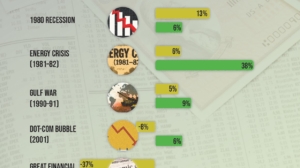

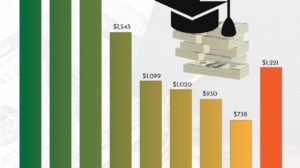

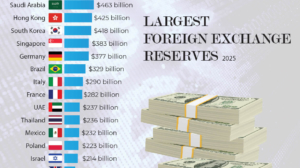


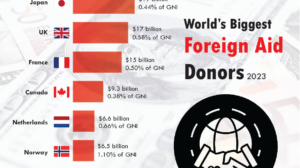
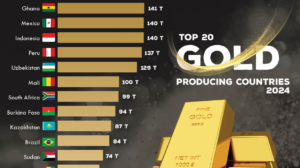
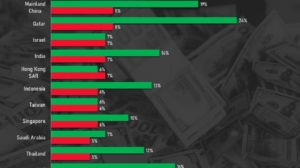
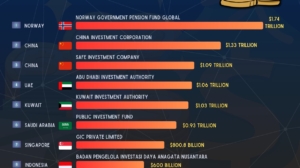
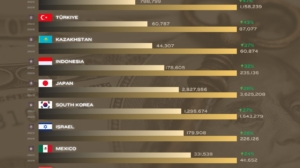
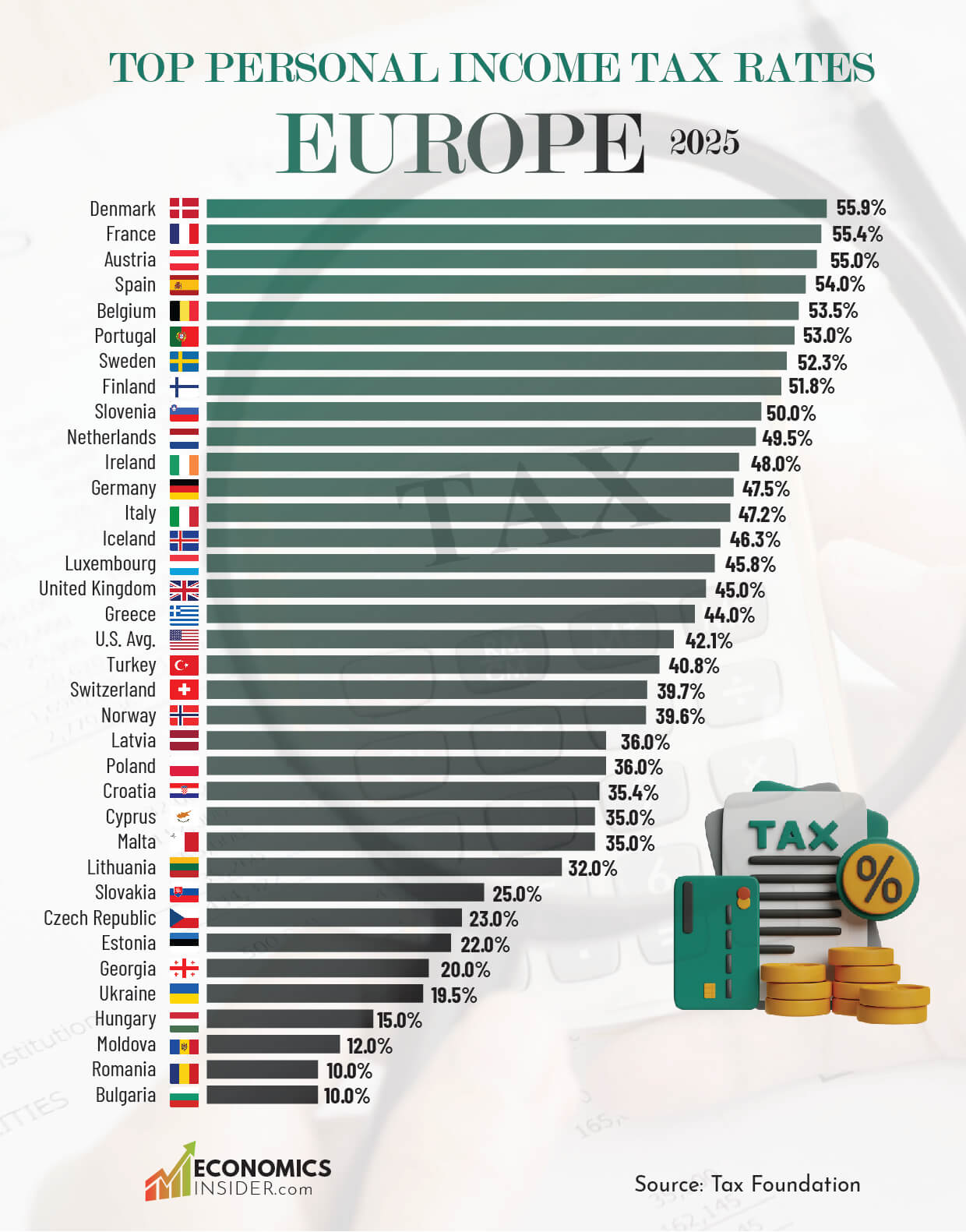


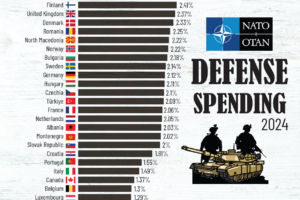








Add Comment